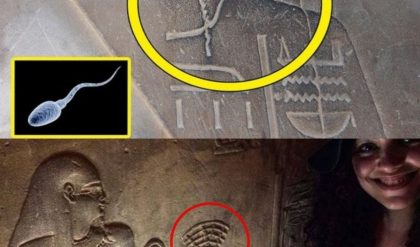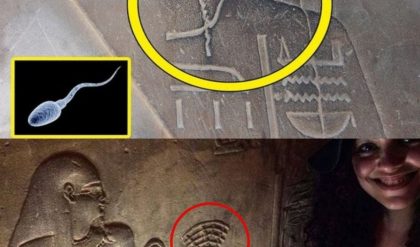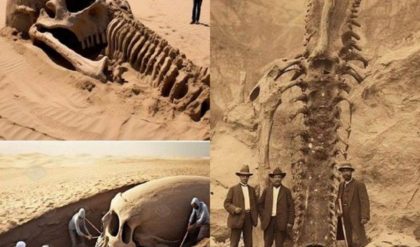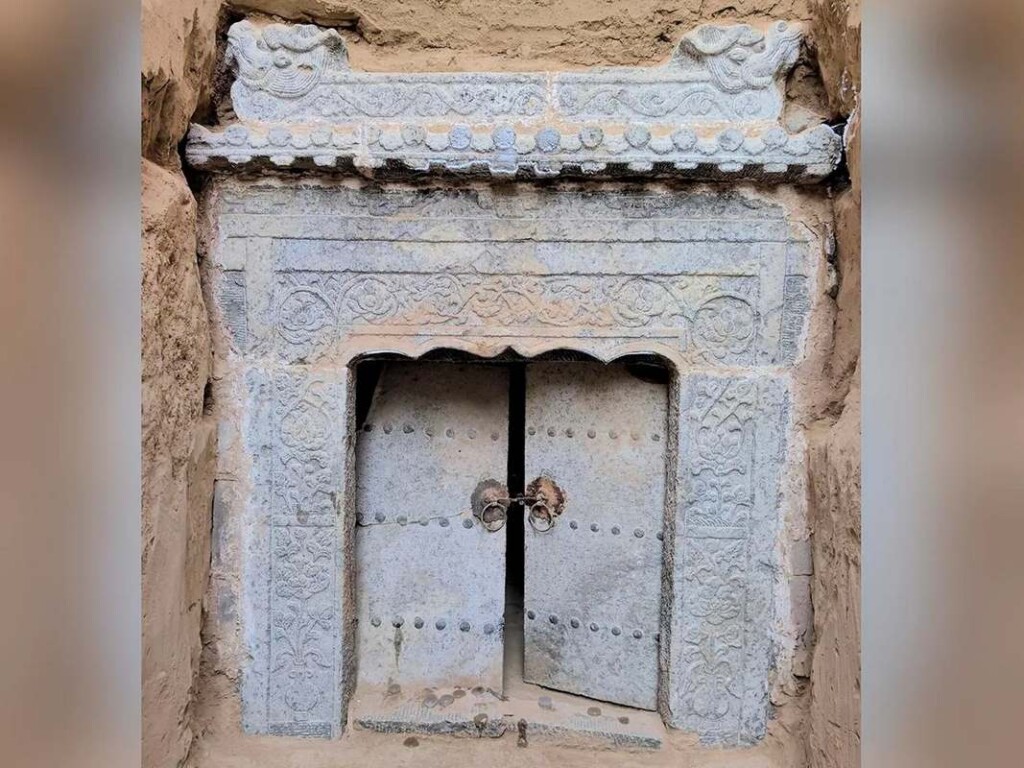
A tomb dating to the middle of the Ming Dynasty has been excavated in the Chinese province of Shanxi, revealing a wealth of exquisitely preserved funerary objects that tell the story of imperial life.
Belonging to a court official, even the exterior facade of the tomb is in excellent condition, and Chinese archaeologists state the discovery is exceptionally rare.
Wang Luo had great taste when he administered the city of Xinzhou on behalf of the imperial civil service, and this is reflected in the wealth of wood and ceramic objects that decorated his tomb, inscribed in his honor.
“Entrusted by the Ming dynasty to serve the royal court as a palace official,” read his coffin of tan wood painted with diamonds and flowers.
All around the tomb were signs of high office. An ornate wooden desk and chair sat in one of the chambers, on which were candlesticks, incense burners, painted wooden figurines, ink stones, brushes, and brush holders. A gorgeous chair of lacquered wood with gold and black designs and a dragon image sat behind the desk.
Other tables had ceramic and stone bowls and pots, that in their great state of preservation, give the appearance it wasn’t long ago that a meal was shared on them.
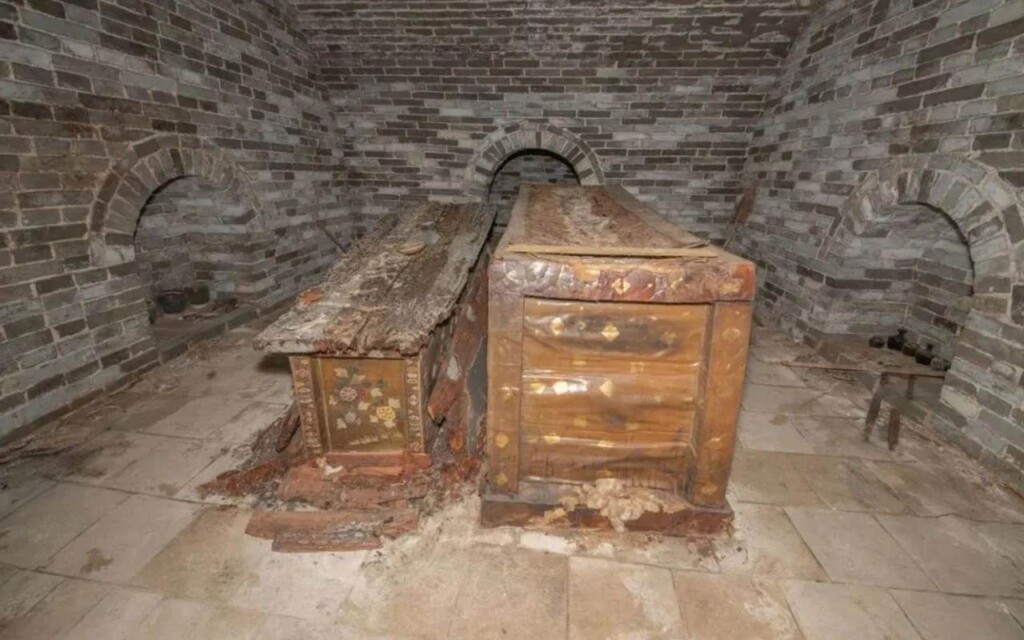
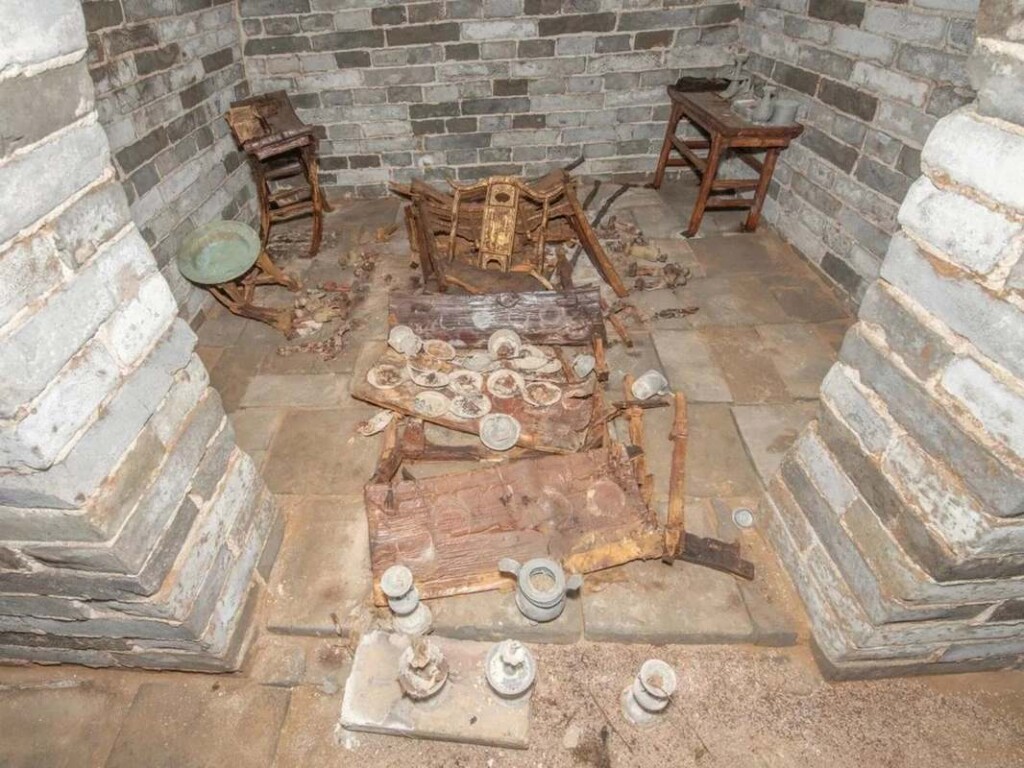
“It is rare in Xinzhou and even the entire province. It provides precious physical information for studying the local Ming dynasty tomb shape, social life, and burial customs,” wrote the scientists in an announcement about their discovery.
The tomb was found as part of a monumental discovery in Xinfu District that identified a sort of “Valley of the Officials” to borrow from the famous Egyptian Valley of the Kings.
66 tombs, dating as far back as the nearly Neolithic Longshan Culture, through to the Warring States Period, and onto nearly all of the most important imperial dynasties, including the Han, Tang, Jin, Yuan, Ming, and Qing dynasties, covering around 1,500 years.
OTHER CHINESE DISCOVERIES: 1,500-Year-Old Skeletons Found Locked in Loving Embrace Might Have Been ‘Romeo and Juliet’ Ending in China
They were discovered during the realignment of China’s National Highway 108, and Wang Luo’s tomb was found on a brick terrace near the village of Hexitou.
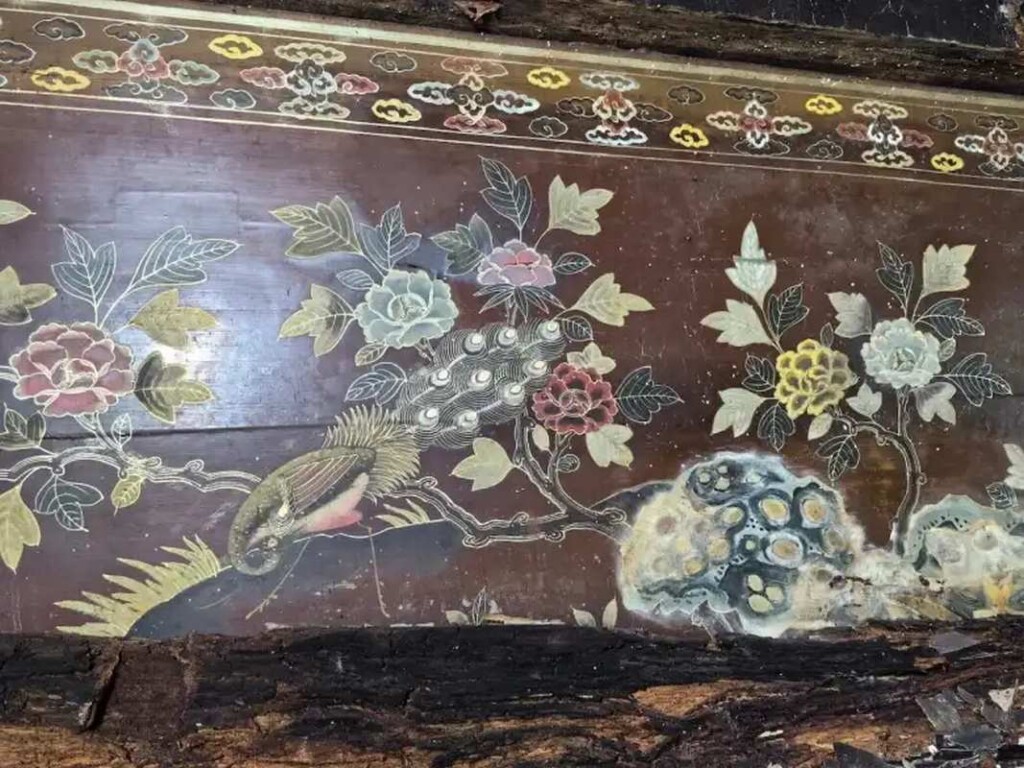
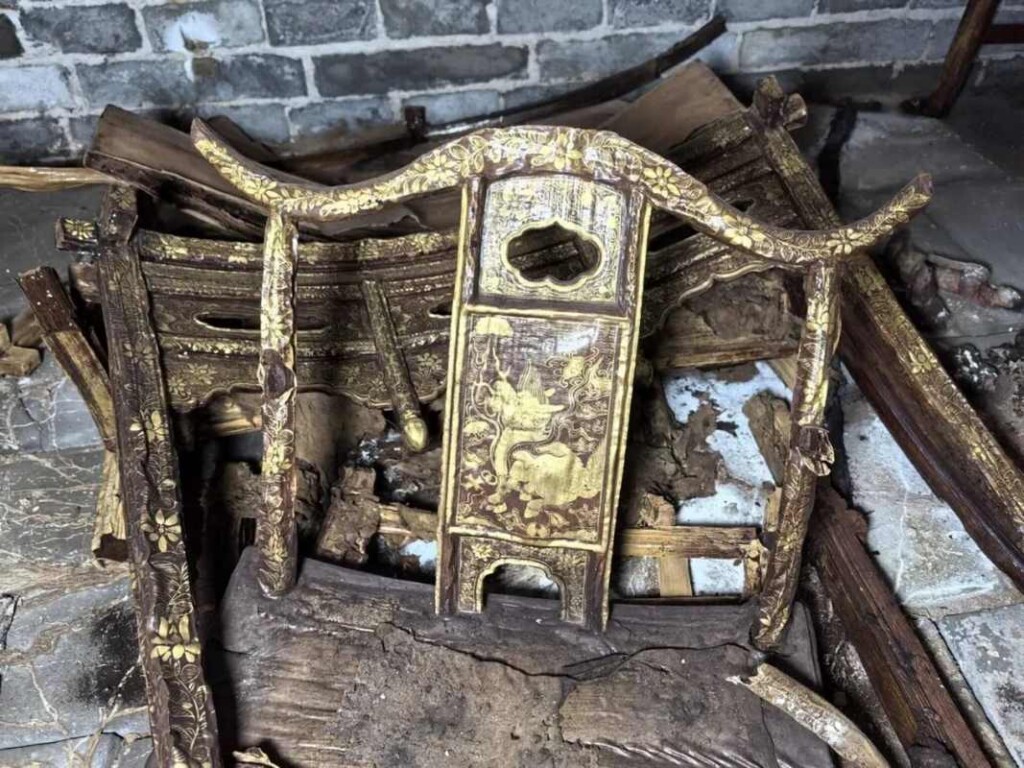
Shaped like an addition sign, the exquisite stone doors and portico are carved with interlacing flowers. A corridor runs to a central chamber, the length of which is around 75 feet.
Niches stand on each side of the chamber, and a larger, rear chamber containing the desk and most of the funerary goods also includes a stone stele with Wang’s epitaph, which contains some curious life advice carved in the Zhuan script, as well as personal information.
“Those who have borrowed money to become prosperous should not be arrogant,” the epitaph read, adding that Wang was the third youngest brother of a famous palace eunuch named Wang Zhi.
